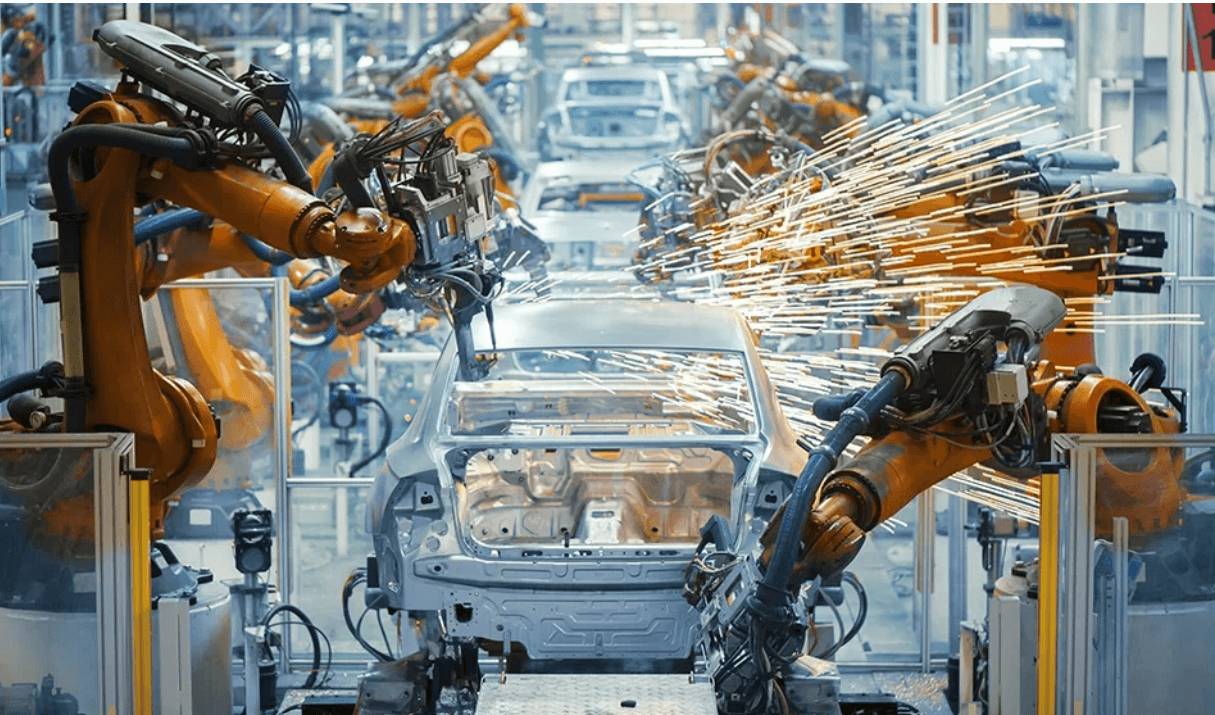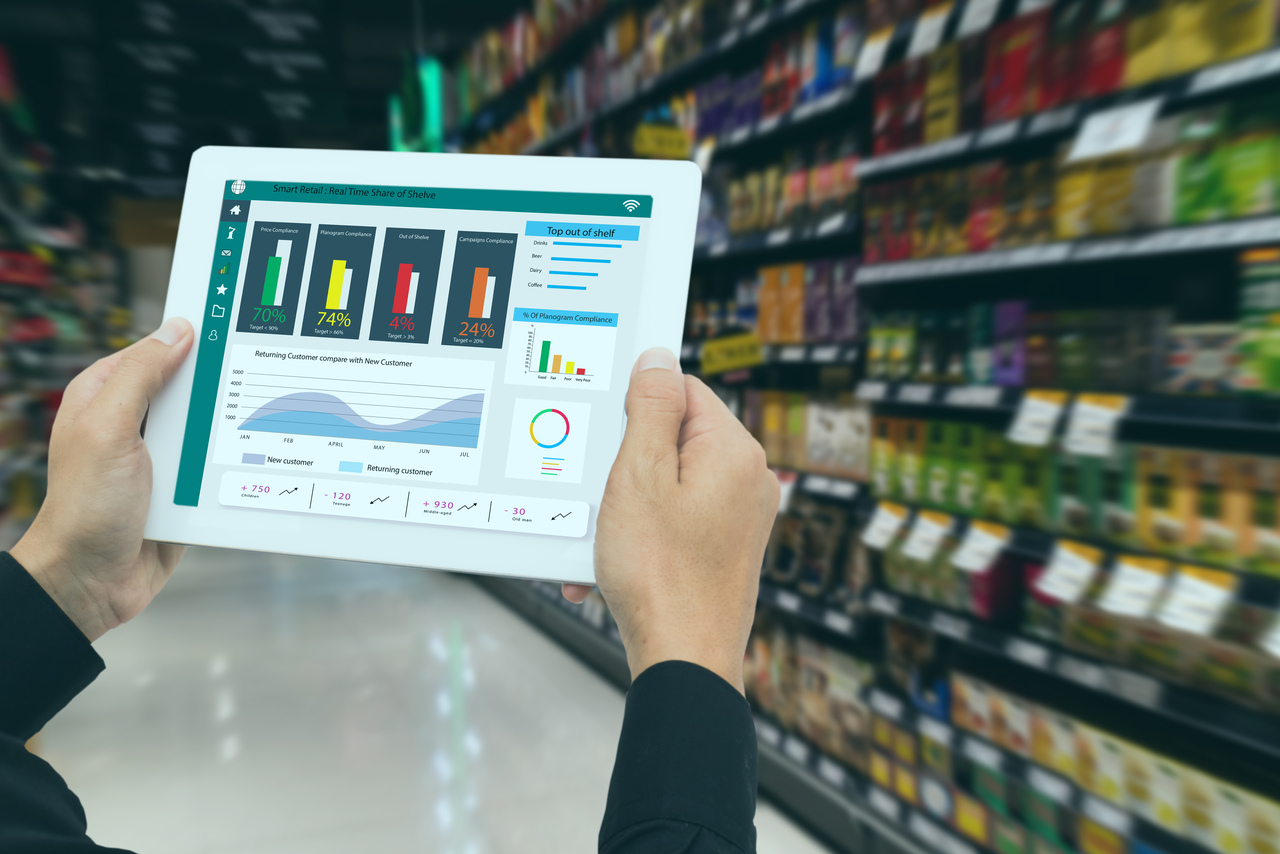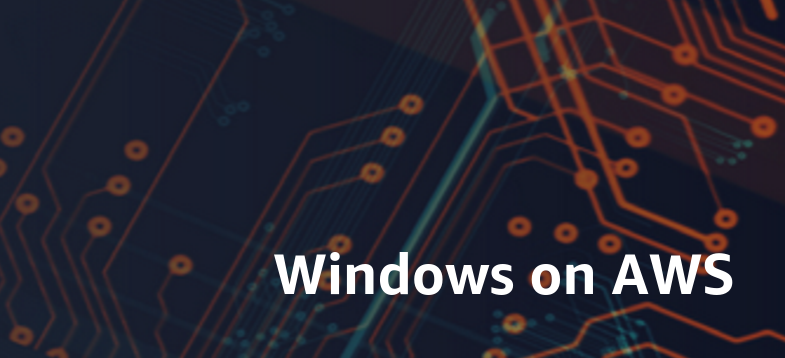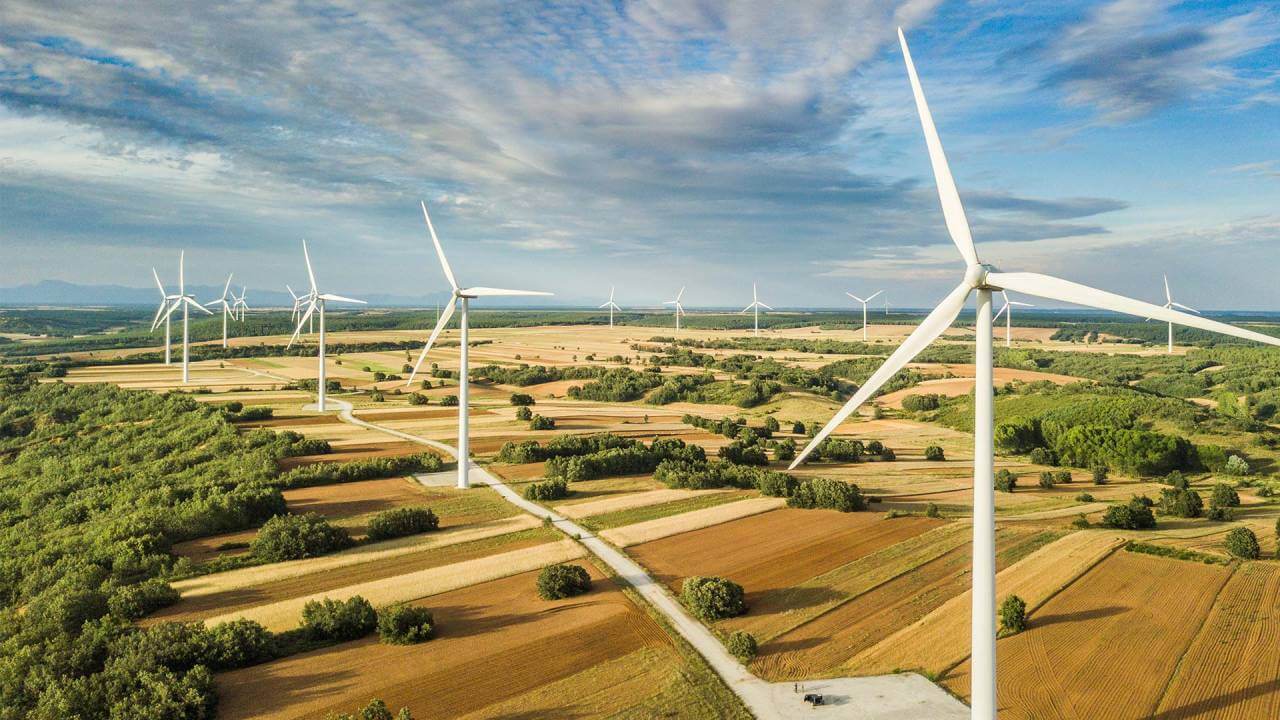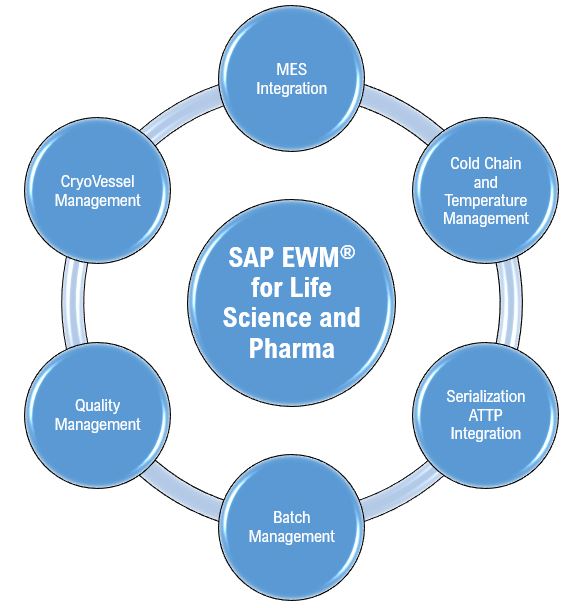In today’s digital and Industry 4.0 era, every stage of the process needs to be digital traceable. This means every process stage should produce data in a digital format. Additionally, it should be shared with higher levels of the system, across ISA 95 Layers.
In discrete manufacturing, especially in capital intensive industries with expensive equipment, it’s challenging to meet manufacturing needs with the digital transformation of the organization at the same time. There are two scenarios either it is Green Field Project or the Brown field project. In the case of Green Filed, you will be setting up a new plant from the scratch, in this case you have an opportunity to plan systematically ideation process, system architecture considering various latest technologies available in the market, state of art setup can be planned in systematic way. It is easy to ensure the digital capability of the production asset, as you have a choice to select the suitable asset with required features and capabilities at the initial stage itself.
But for the brown filed project or older manufacturing plants it becomes a bit challenging. Cost optimization is a key driver; the cost of digitalization increases with the age of the plant and machinery. Older machines that are still working well and meeting quality expectations are unlikely to be upgraded just to make them digital capable. The main purpose of the asset is to produce good quality products, and generating digital data is a secondary need for them. From a financial perspective, if old assets are still performing well, it’s beneficial because utilizing fully depreciated assets will have a major impact on manufacturing costs. On the other hand, if the same asset is performing good means delivering good quality products ie. low rejection, less down time, availability of trained operators and manufacturing team is very conversant with the machine, then it is big challenge for change management due to resistance from people, reluctant to change old asset just for the digitalization per say.
To address these business dynamics, it is very important to have a Win-Win solution. At Infosys, we have developed a solution based on our extensive industrial experience. The solution addresses major concerns of old/legacy assets where the plant is reluctant to replace the existing assets & also ensures the digital transformation of the plant without major investment into the latest state-of-the-art machinery. The developed framework ensures that the necessary data is collected from any type of machine, whether old or new, without affecting its functionality & performance of the machine.
The framework has three parts
1. Machine categorization
2. Generalized Connectivity architecture
3. Signal / instrumentation for standard uses cases across the industry for digitization.
The first part the Machine Categorization based on their digital capabilities. Each category will have its own way of generating data and connecting to the higher layer of ISA95 Stack.
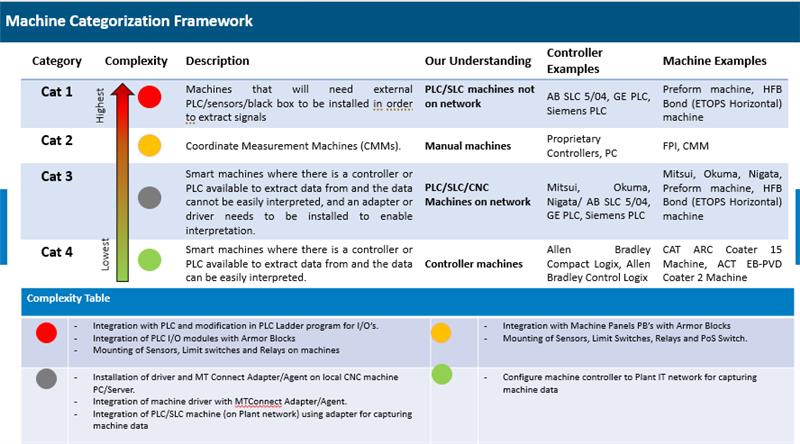
Figure 1: Machine categorization framework
As the above figure explains, the complexity increases with decreasing in the machine category number. The category 4 machines are less complex compared to Category1. Just to give an insight on the categorization framework, the advance state of art machinery or the latest machines capable of connecting over the network will be called as Category 4 and the conventional / mechanical machines from which the data extraction is not possible will be termed as Category 1 machine. Category 2 machines may be advanced ones but due to proprietary applications/software it becomes a black box for connecting and needs different approaches to extract the information. The category 3 will be machines from which the data extraction is possible with some interpretation or developing some adaptor drivers.
The generalized Framework of Connectivity is the second part, which will ensure the secured and faster way of implementation of machine connectivity across the manufacturing setup.
Figure 2: Connectivity Framework based on category
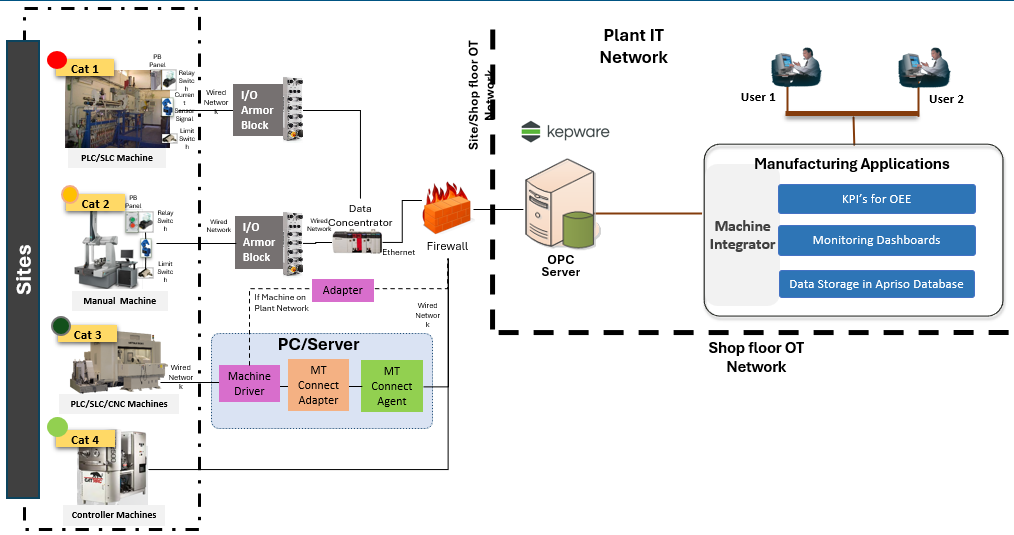
The above architecture is a generalized one which can be further enhanced/upgrade based on the current plant network setup and other physical conditions of the shop floor. The wired or wireless network can be planned based on the various parameters such as the distance between the machines, height of shopfloor, line of sight and other such parameters which have major impact on the connectivity decision. The data concentrate will be deployed to capture the data from Category 1and Category 2 machines whereas the data from Category 3 & 4 will be directly flow to OPC server through firewall. Again, the IT-OT convergence can be planned based on the client’s cyber security needs and appropriate architecture can be proposed.
Third Part is the Catalogue based instrumentation for deploying the industry standard uses case such as OEE (Overall Equipment Effectiveness) and CBM (Condition based Monitoring). With our extensive experience we have developed the standard set of sensors which can be installed on the machine to extract the desired information without disturbing the functionality and performance of the equipment. This approach will increase the implementation pace and act as a key accelerator in delivering models. For example, for OEE we need standard signals such as CYCLE START, CYCLE STOP, DOOR OPEN, DOOR CLOSE, WAITING TO LOAD, WAITING TOUNLOAD, MACHINE RUNNING, MACHINE ALARM etc. To derive these signals from machines we have developed a strategy by deploying sensors such as proximity switch, limit switch, current sensors, pressure sensors etc. By implementing these use cases, client can monitor various KPIs such as equipment performance, Quality, various losses in manufacturing and key insights. Condition based monitoring can play vital role in data gathering for Predictive Maintenance and Prescriptive Maintenance models. Artificial Intelligence and Machine learning can build on the top of this, hence CBM will be foundational layer for further analytics.
With these key accelerators, we can connect any type of asset/machines, maybe legacy or latest state of art machines and extract useful information from the machines to analyze various KPIs.
So, to conclude on the machine connectivity and digitalization of the discrete industry the above three key accelerators play a vital role where mixed population of old and latest machines are present. The above approach will ensure seamless data transfer from machines without affecting the functionality of the equipment. The other benefit, it will avoid heavy capital investment on the machines for digitalization journey. This will ensure the old, depreciated asset is fully utilized for production and at the same time it will be made digital capable. The purpose will full fill the both the needs from plant and from the finance team. Also, it will address the change management issue of the plant team as the assets will not be changed but made more capable without affecting its originality. By adopting this approach of machine connectivity, both the purposes will be achieved and ensuring the highest customer satisfaction can be achieved.
